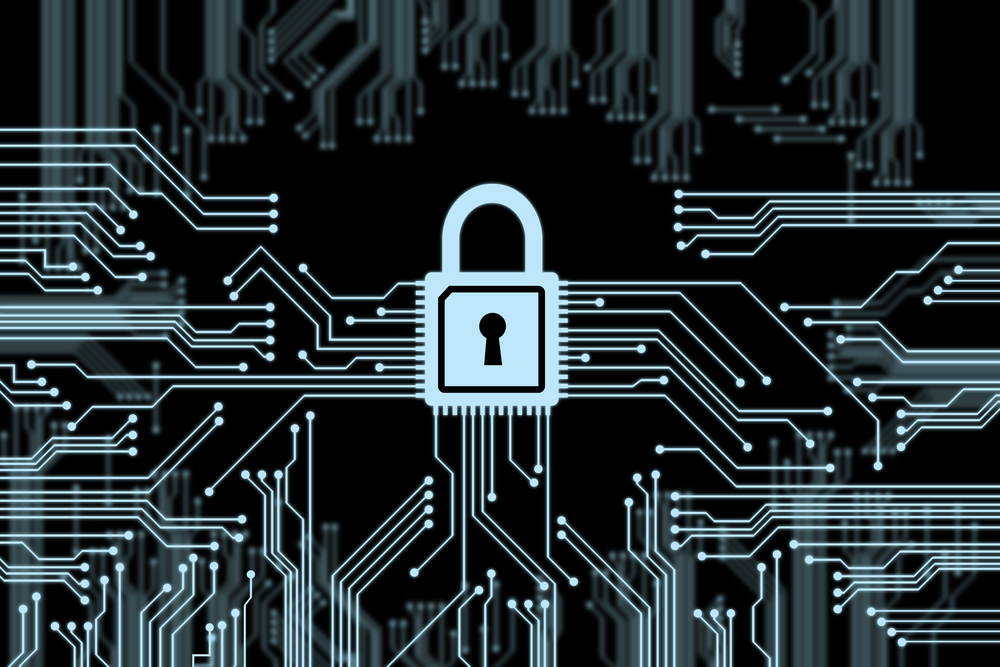AWS KMS Encryption Explained: Master Keys, Data Keys, and How the Flow Works

November 16, 2025
The AWS KMS System Has Three Pieces of Hardware
To protect your terabytes of data quickly and securely, AWS uses a key hierarchy with three components, each serving a distinct, crucial role:
| KMS Component | The Analogy | Location | Purpose |
| 1. The KMS Master Key (KMSK) | The Vault Key | Locked inside the AWS HSM (the secure vault) | Encrypts the key — never touches the data. |
| 2. The Plaintext Data Key (DKP) | The Small, Fast Safe Key | Temporary in your application's memory | Encrypts the data — used for bulk operations. |
| 3. The Encrypted Data Key (DKE) | The Locked Safe | Stored alongside your encrypted data | Secure persistence — a locked copy of the safe key. |
The Encryption Flow: Locking the Data
Imagine you have a huge, sensitive document (your data) that needs to be sealed and stored.
Step 1: Request the Key Material
Your application sends a request to AWS KMS: "Hey Vault, please give me a new key to encrypt this document using Master Key X."
- The Vault (KMS) uses its Vault Key (KMSK) to perform two functions:
- It generates a unique, fast, temporary Plaintext Data Key (DKP).
- It encrypts that temporary key, creating the Encrypted Data Key (DKE).
Step 2: Local Encryption and Immediate Cleanup
The Vault returns both the plaintext key and the encrypted key to your application over a secure TLS channel.
- Your application uses the Plaintext Data Key (DKP) to encrypt the entire document locally. This is fast and efficient.
- Immediately after use, DKP is wiped from memory. It is a disposable, one-time-use key.
Step 3: Storing the Secure Blob
You now have the encrypted document, but you still need a way to decrypt it later.
- You store the Encrypted Data Key (DKE) right next to the encrypted data (for example, in S3 object metadata or a database column).
Together, the encrypted data and DKE form a self-contained encrypted blob.
The Decryption Flow: Unlocking the Data
A week later, you need to read the document.
- Retrieve the blob: Your application fetches both the encrypted document and DKE.
- Request to unlock: Your application sends only DKE to AWS KMS in a
Decryptrequest. - The Vault unlocks: AWS KMS checks IAM permissions. If you are authorized, KMS uses the Master Key (KMSK) to decrypt DKE, recovering the original DKP.
- Local decryption: Your application uses DKP to decrypt the document, then immediately destroys DKP.
The Ultimate KMS Question: Why Two Keys?
This architecture exists to solve two critical requirements at the same time:
1. The Need for Speed (Why DKP Exists)
- Problem: The KMS Master Key lives inside slow, heavily audited hardware (an HSM). Encrypting a 10 GB file directly with it would be slow, expensive, and rate-limited.
- Solution: DKP is a fast, lightweight AES-256 key that can encrypt gigabytes of data locally without additional KMS calls.
2. The Need for Persistence and Security (Why DKE Exists)
- Problem: DKP must be destroyed after use for security. But you still need a way to recover it later.
- Solution: DKE is the encrypted, persistent version of the fast key. Even if an attacker steals both the encrypted data and DKE, they cannot decrypt anything without access to the Master Key in KMS.
The KMS Master Key is the security policy; the Data Key (DKP) is the fast, disposable tool that enforces it.
- Eclipsos Corp.
- Empowering Innovation Through Cloud